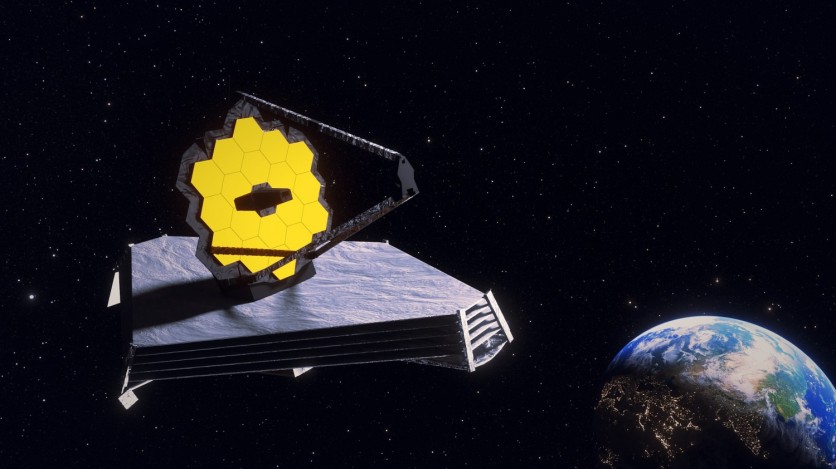NASA's James Webb Space Telescope gained damage towards the end of May and the space agency reports on it now, saying that it initially expected damage, but not as massive as this one. Micrometeoroid damage is expected on the spacecraft, and it is because there is much floating space debris that is already accounted for by NASA.
NASA James Webb Telescope Suffers Damages from Micrometeoroid

According to a recent blog post by NASA's dedicated page for the space telescope, James Webb suffered "detectable" damages from a micrometeoroid strike that happened towards the end of May. NASA said that these types of occurrences are expected already, but it did not take into account the size of what went through in the past event.
Many micrometeoroid strikes would happen in space, and NASA already expects this from the many debris that are floating around in various regions, something that would also take place in James Webb's area.
The only unaccounted for factor here is the size, as most micrometeoroids appear like "grains of sand," but unspecified space debris that hit one of its mirror segments brought significant damage to the telescope.
NASA Did NOT Expect the Size of the Damages to James Webb
NASA did not expect the recent attack's damage it brought to the spacecraft, and it is because of the different expectations that may or may not appear once it comes. Space is highly unpredictable as many happenings or events may come spontaneously, or as expected by the space agency, as part of its monitoring.
James Webb Space Telescope and its Features
Towards the end of 2021, NASA finally launched the James Webb space telescope that will focus on deep space scans and look at a wider part of the galaxy for an enhanced view and better surveillance. The possibilities that James Webb brings to the public are endless, as the Hubble which has the same missions gave everyone significant discoveries through the years.
One of the many features of the James Webb is its camera and many apparatus in its body, and it aims to give the public clear and sharp images that will explain more of what is out there, and invisible to the naked eye.
In its recent venture, it captured an image of a distant galaxy with massive resolutions and provided a clear picture for everyone to see.
The James Webb Space Telescope is said to be the successor of Hubble in its deep space scans, and the latter spacecraft endured a massive 30 years in service, despite the many dangers present. Micrometeoroids are something that NASA already accounted for, but unexpected damages are things it could not control, like what happened recently.
Related Article : James Webb Telescope Practices in Keeping an Eye on Objects in the Solar System, Starting with an Asteroid
This article is owned by TechTimes
Written by Isaiah Richard
ⓒ 2025 TECHTIMES.com All rights reserved. Do not reproduce without permission.




